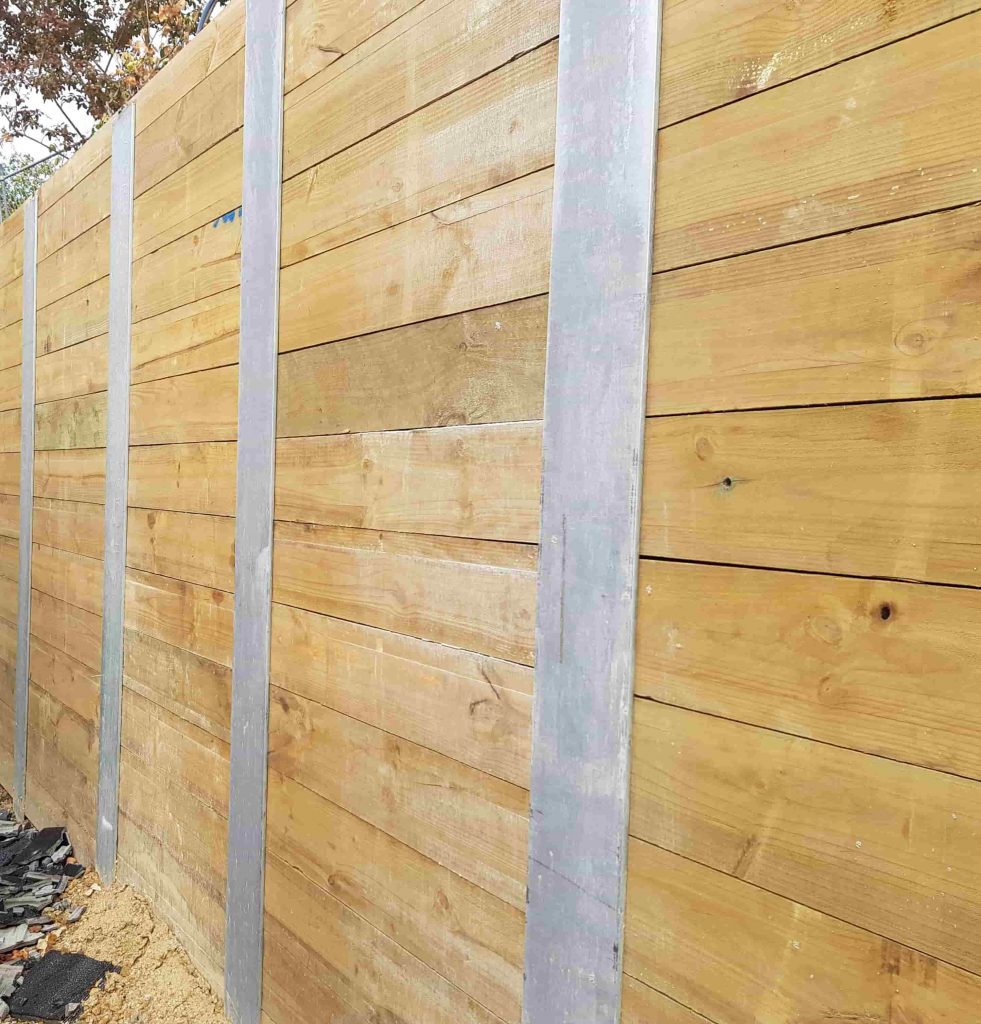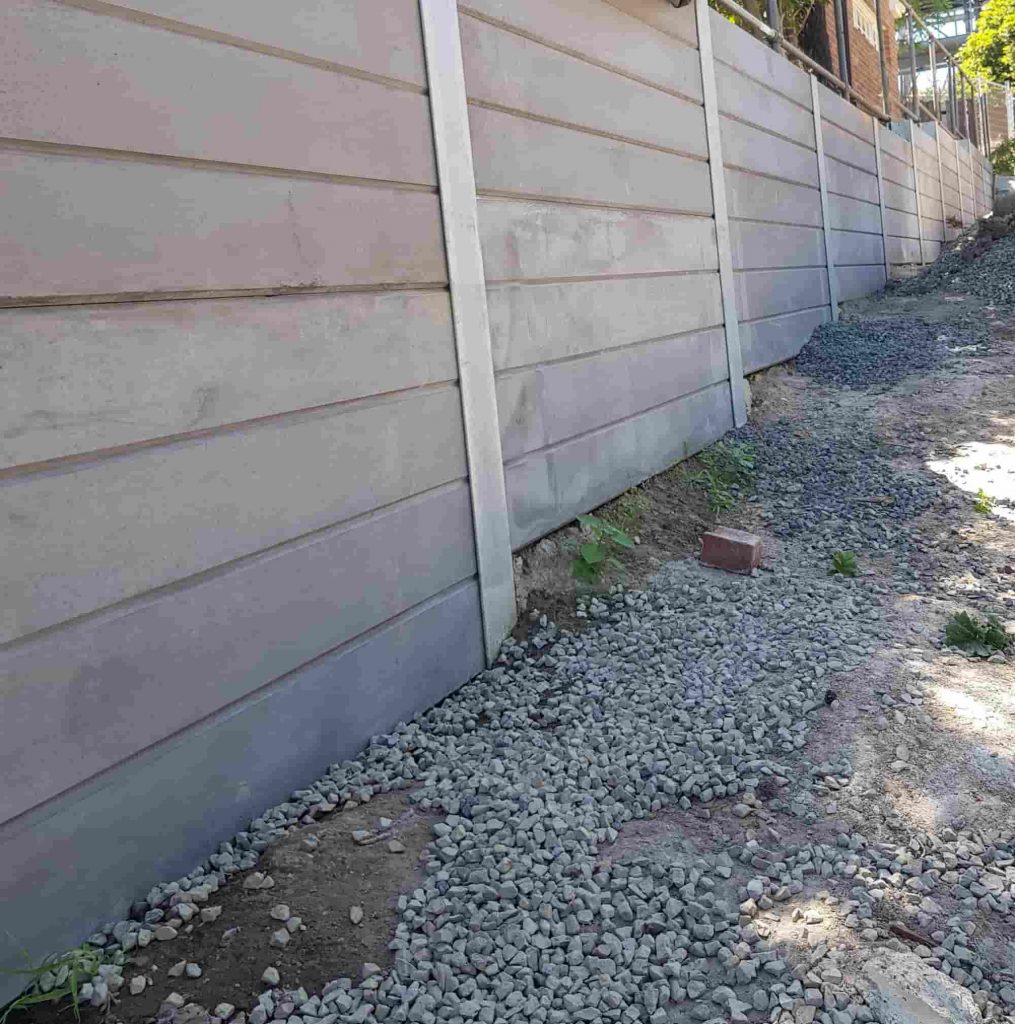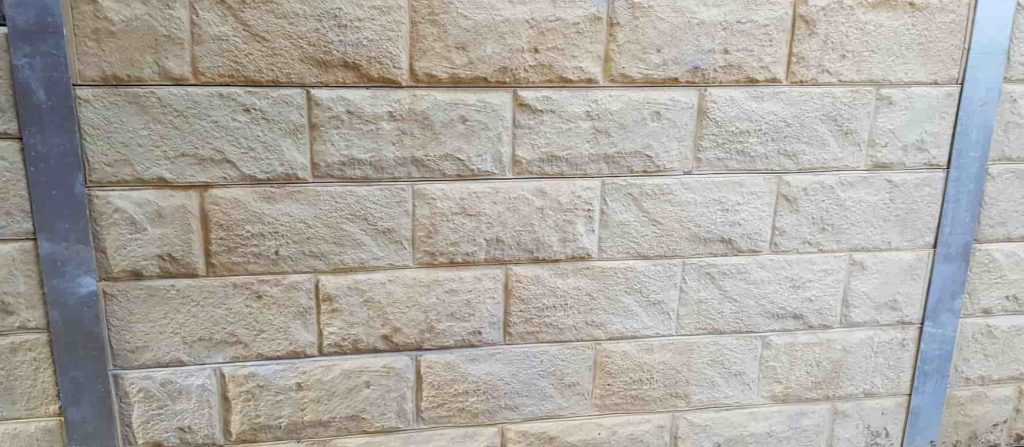Introduction
Transforming outside spaces is not just about aesthetic appeals; it's about functionality and sustainability. Among the most reliable ways to achieve this is through the setup of retaining walls. Retaining walls serve an important function in managing soil erosion, developing flat surfaces for landscaping, and boosting the overall appeal of your garden or lawn. But accomplishing a best retaining wall requires knowledge, skill, and the best products. This post will delve into the world of skilled retaining wall installers and how they can transform your outdoor area using different materials like timber sleeper, concrete sleeper, and H beam
Understanding Keeping Walls: The Basics
What is a Maintaining Wall?
A retaining wall is a structure designed to hold back soil and avoid erosion. They are frequently utilized in landscaping to create terraces or leveled areas in sloped yards.
Why Are Keeping Walls Important?
Retaining walls are vital for a number of factors:
- Erosion Control: They help prevent soil from moving down slopes. Landscaping Opportunities: Create usable flat areas on sloped land. Aesthetic Appeal: They can improve the look of your garden.
Materials Used in Retaining Wall Construction
Timber Sleeper
Timber sleepers are a popular choice for maintaining walls due to their natural http://zanefencing-contractorsqwdi405.yousher.com/checking-out-the-current-tools-and-technologies-used-by-modern-retaining-wall-builders look and ease of usage.
Advantages of Timber Sleepers
Natural Look: They blend perfectly with outdoor environments. Cost-Effective: Typically more budget friendly than concrete options. Versatile Style: Easy to cut and form to fit any project.Disadvantages of Timber Sleepers
Durability Issues: Susceptible to rot and pest damage. Maintenance Required: Routine treatment required to prolong lifespan.Concrete Sleeper
Concrete sleepers have actually ended up being significantly popular due to their strength and durability.
Advantages of Concrete Sleepers
Longevity: Resistant to weathering, pests, and rot. Low Maintenance: Minimal maintenance required compared to timber. Variety of Designs: Available in numerous textures and colors.Disadvantages of Concrete Sleepers
Higher Preliminary Costs: More costly than wood options. Heavy Weight: Needs professional setup due to weight.H Beam
H beams use structural support for larger retaining walls that require extra stability.
Advantages of H Beams
Strength and Stability: Suitable for high-load applications. Durable Material: Resistant to corrosion when correctly coated. Versatile Use Cases: Appropriate for various landscaping designs.Disadvantages of H Beams
Cost Factor to consider: More costly than conventional materials. Installation Intricacy: Requires skilled professionals for appropriate setup.Choosing the Right Installer
What Makes a Professional Installer?
When it comes to changing outside areas with competent retaining wall installers, professionalism matters exceptionally. A professional installer ought to possess:
- Extensive experience in numerous materials consisting of timber sleeper, concrete sleeper, and H beam. A robust portfolio showcasing past projects. Positive consumer testimonials reflecting reliability and quality work.
Questions to Ask Prospective Installers
- What materials do you suggest for my particular project? Can you provide recommendations from previous clients? Do you have liability insurance?
The Installation Process: Step by Step
Initial Consultation
Before any work begins, a preliminary assessment with the installer is vital to understand your requirements, budget plan, and vision.
Site Assessment
The installer will evaluate your home's topography, drain systems, and possible obstacles during installation.

Designing the Wall
Collaborating with a specialist enables you to choose the best design fit for your landscape while guaranteeing structural integrity.
Preparing the Site
This involves clearing the area where the wall will be put, which might include eliminating plants or debris.
Building the Wall
Finally, knowledgeable installers will implement their expertise in putting down either timber sleepers, concrete sleepers, or H beams according to plan requirements while guaranteeing security requirements are met.
Maintenance Tips for Your Maintaining Wall
Regular Inspections
Check for signs of wear or damage a minimum of twice a year, specifically after heavy rain or storms.
Drainage Solutions
Proper drain is crucial! Make sure that water streams far from your retaining wall to prevent saturation which can lead to failure over time.
Cleaning
Keep it clean! Remove any particles that collects on top or around your wall which can trap wetness versus its surface.
FAQs About Maintaining Walls
Q1: How long does it require to install a keeping wall?
A: The setup timeframe differs based upon size and product however normally varies from 1-5 days depending on complexity.
Q2: Can I develop my own keeping wall?
A: While it's possible for DIY lovers who have experience, hiring specialists guarantees much better results concerning safety and longevity.
Q3: Just how much does it cost to install a keeping wall?
A: Costs differ commonly based on product options (timber sleeper vs concrete sleeper), size, place specifics; anticipate anywhere from $15-$50 per square foot installed professionally.
Q4: Do I require licenses for building a keeping wall?
A: Yes! Most local authorities require licenses specifically if the wall exceeds particular height limitations-- seek advice from professionals who understand regional regulations!
Q5: Will my plants be affected by a new maintaining wall?

Q6: How do I pick in between timber sleeper and concrete sleeper?
A: Think about looks versus sturdiness; if you're searching for something gorgeous that mixes naturally pick timber however if durability is essential then lean towards concrete!
Conclusion
Transforming outdoor spaces with skilled retaining wall installers is not merely about setting up structures; it's about crafting tailored services that harmonize functionality with aesthetic appeal. Whether you opt for timber sleeper walls that stimulate rustic beauty or sturdy concrete sleepers designed for durability-- comprehending your options empowers you as a house owner! Looking for professional aid ensures every element of setup meets high standards while dealing with both instant needs and future upkeep issues effectively! So why wait? Embrace this chance today; turn your landscape dreams into reality by teaming up with knowledgeable installers who bring innovation right into your backyard!
